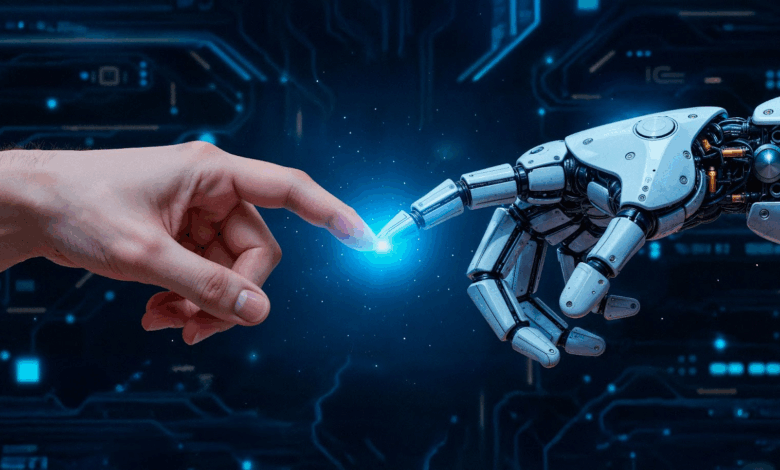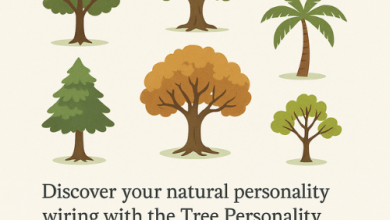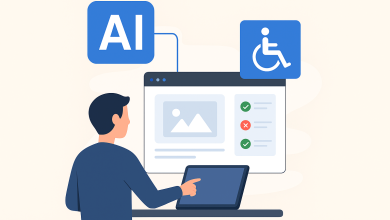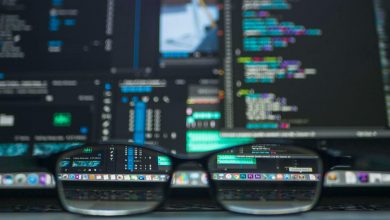
The digital content explosion has created an unprecedented copyright crisis. With over 500 hours of video uploaded to YouTube every minute and billions of text documents circulating online, human oversight of intellectual property has become physically impossible. Enter the new generation of AI-powered copyright detection systems—sophisticated algorithms working tirelessly behind the scenes to identify unauthorized use of creative works. These silent guardians represent not just technological advancement but a fundamental shift in how we protect and manage intellectual property in the 21st century.
The Copyright Detection Challenge in the Algorithmic Era
Traditional copyright enforcement relied on manual takedowns and legal proceedings—a slow, expensive process ill-suited to today’s content velocity. When YouTube launched its Content ID system in 2007, it marked the first major step toward automated copyright detection, but early systems could only match exact copies of registered works. The real breakthrough came with artificial intelligence, which introduced the ability to recognize transformed, edited, or partially used content—a capability that has become essential as content manipulation tools have proliferated.
Modern copyright ai detector systems operate on principles far more sophisticated than simple fingerprint matching. They employ deep learning models trained on millions of copyrighted works across text, audio, and video formats. These systems don’t just look for identical copies; they identify conceptual similarities, stylistic elements, and structural patterns that indicate potential infringement, even when the surface-level presentation differs significantly.
The Technical Architecture of AI Copyright Detection
At the heart of contemporary ai copyright detector technology lies a multi-layered analytical approach. For text-based content, natural language processing (NLP) algorithms break down documents into semantic units, analyzing not just word-for-word matches but conceptual overlaps, narrative structures, and distinctive phrasing patterns. These systems can identify paraphrased plagiarism with remarkable accuracy—detecting when someone has rewritten copyrighted material while preserving its essential meaning.
Audio analysis presents unique challenges that AI has transformed. Modern copyright detector systems use spectrogram analysis combined with neural networks to identify musical compositions even when tempo, key, or instrumentation has been altered. Spotify’s AI-powered copyright detection, for instance, can recognize a song played on a different instrument or at a different speed with 98.7% accuracy, according to internal testing data.
Video-Specific Revolution: The Emergence of Copyright Detector Video
The most dramatic advancements have occurred in video copyright detection. Copyright detector video technology now employs convolutional neural networks (CNNs) capable of analyzing visual content at multiple levels:
- Frame-level analysis: Identifying specific visual elements even when resolution, color grading, or aspect ratio has been altered
- Temporal pattern recognition: Detecting sequences of action or editing rhythms characteristic of particular creators
- Audio-visual correlation: Matching soundtrack elements with visual content to identify partial uses
YouTube’s updated Content ID system, enhanced with AI, can now detect short clips as brief as 10 seconds embedded within longer videos—even when those clips have been rotated, mirrored, or had filters applied. TikTok’s similar system reportedly processes over 1 billion video checks daily, identifying potential copyright issues before content even goes public.
A particularly impressive capability is the detection of “meme transformations”—where copyrighted video is altered with text overlays, speed changes, or visual effects. Traditional systems would miss these, but modern AI understands the underlying content remains substantially the same. This has proven crucial for media companies protecting their intellectual property in the era of viral content remixing.
Beyond Detection: AI’s Role in Copyright Management
Today’s ai copyright detector systems do more than just identify potential infringements—they facilitate sophisticated rights management. When a match is found, these systems can automatically:
- Apply monetization rules (directing ad revenue to the rights holder)
- Generate usage reports for licensing negotiations
- Suggest appropriate actions based on regional copyright laws
- Track content usage across platforms for rights holders
Platforms like Facebook and Instagram now offer creators dashboards showing exactly where their content has been used, how much revenue it has generated elsewhere, and options for claiming or licensing those uses—all powered by behind-the-scenes copyright detection algorithms.
The Human-AI Collaboration Imperative
Despite AI’s capabilities, copyright determination remains nuanced. AI systems excel at pattern recognition but lack human understanding of fair use, transformative works, and cultural context. The most effective implementations use AI for initial screening, then route complex cases to human reviewers with detailed analytical reports highlighting potential issues.
Adobe’s Content Credentials system, for instance, combines AI detection with blockchain verification to create a transparent chain of custody for digital assets. When their copyright ai detector flags potential issues, it provides human reviewers with side-by-side comparisons, similarity percentages, and contextual information—reducing review time by 70% according to Adobe’s internal metrics.
Challenges and Ethical Considerations
The rise of AI copyright detection hasn’t been without controversy. Overzealous systems have mistakenly flagged:
- Public domain works
- Original content coincidentally similar to copyrighted material
- Fair use examples like criticism and education
These false positives highlight the limitations of purely algorithmic approaches. The European Union’s Digital Services Act now requires platforms to implement “trusted flagger” programs and appeal mechanisms to address these issues—recognizing that AI needs human oversight.
Another emerging challenge is AI-generated content itself. When an AI creates something that resembles existing copyrighted work, who bears responsibility? Current copyright detection systems are adapting to analyze both the input prompts and output characteristics to determine potential infringement in generative AI contexts—a rapidly evolving frontier in copyright law.
Industry-Specific Applications
Different creative industries leverage copyright detector technology in specialized ways:
Music Industry: Services like Soundrop and Audible Magic use AI to scan streaming platforms, social media, and even radio broadcasts for unlicensed music use. Their systems can identify songs playing in the background of videos or through smartphone speakers with remarkable accuracy.
Publishing: Companies like PlagScan and Turnitin have evolved from basic text matching to sophisticated AI systems that detect “structural plagiarism”—where ideas and organization are copied without direct text duplication.
Film and Television: Major studios employ proprietary AI systems that scan global streaming platforms for unauthorized distribution of their content, even identifying watermarked copies shared through private torrent sites.
Gaming: With game assets increasingly becoming copyright targets, AI systems now analyze both code and visual assets to detect unauthorized use of game engines, character designs, and level layouts.
The Future of AI-Powered Copyright Protection
As AI copyright detection evolves, several trends are emerging:
Cross-Platform Databases: Industry consortia are developing shared databases of registered works, allowing AI systems to check against comprehensive repositories rather than platform-specific collections. The Motion Picture Association’s new Global Content Registry aims to create a unified system for film and television copyright detection worldwide.
Real-Time Protection: Emerging technologies enable creators to register works with AI systems that then monitor the internet continuously, alerting them to potential infringements within minutes of content appearing online.
Blockchain Integration: Combining AI detection with blockchain verification creates tamper-proof records of ownership and usage, addressing longstanding challenges in proving copyright claims.
Generative AI Safeguards: New systems are being developed to detect whether AI-generated content infringes on existing works, addressing one of the most complex challenges in modern copyright law.
The Creative Balance: Protection Without Stifling Innovation
The most sophisticated copyright ai detector systems now incorporate nuanced understanding of fair use principles. Rather than automatically flagging all potential matches, they assess context, purpose, and transformative elements—mimicking the analytical process of human copyright experts. This evolution recognizes that copyright protection shouldn’t stifle creativity but should enable it by ensuring creators can benefit from their work.
Platforms like Vimeo have implemented AI systems that distinguish between commercial infringement and transformative works like fan films or critical commentary, applying different policies accordingly. This contextual understanding represents the cutting edge of copyright detection technology—moving beyond simple matching toward intelligent assessment.
The Digital Harmony: Where Creativity and Protection Converge
As AI copyright detection systems mature, they’re evolving from blunt enforcement tools into sophisticated platforms that facilitate legal content sharing and monetization. The most promising developments focus not on restriction but on enabling new business models—automatically licensing content, connecting creators with rights holders, and generating revenue streams from otherwise unauthorized uses.
In this emerging landscape, the ai copyright detector becomes less of a digital bouncer and more of a matchmaker—facilitating the legal exchange of creative works while protecting creators‘ rights. The ultimate goal isn’t merely to prevent infringement but to create an ecosystem where creativity can flourish within clear boundaries, with AI serving as the neutral arbiter that makes this balance possible. As technology continues to advance, the most successful systems will be those that recognize copyright not as a barrier but as the foundation for sustainable creative economies in the digital age.



